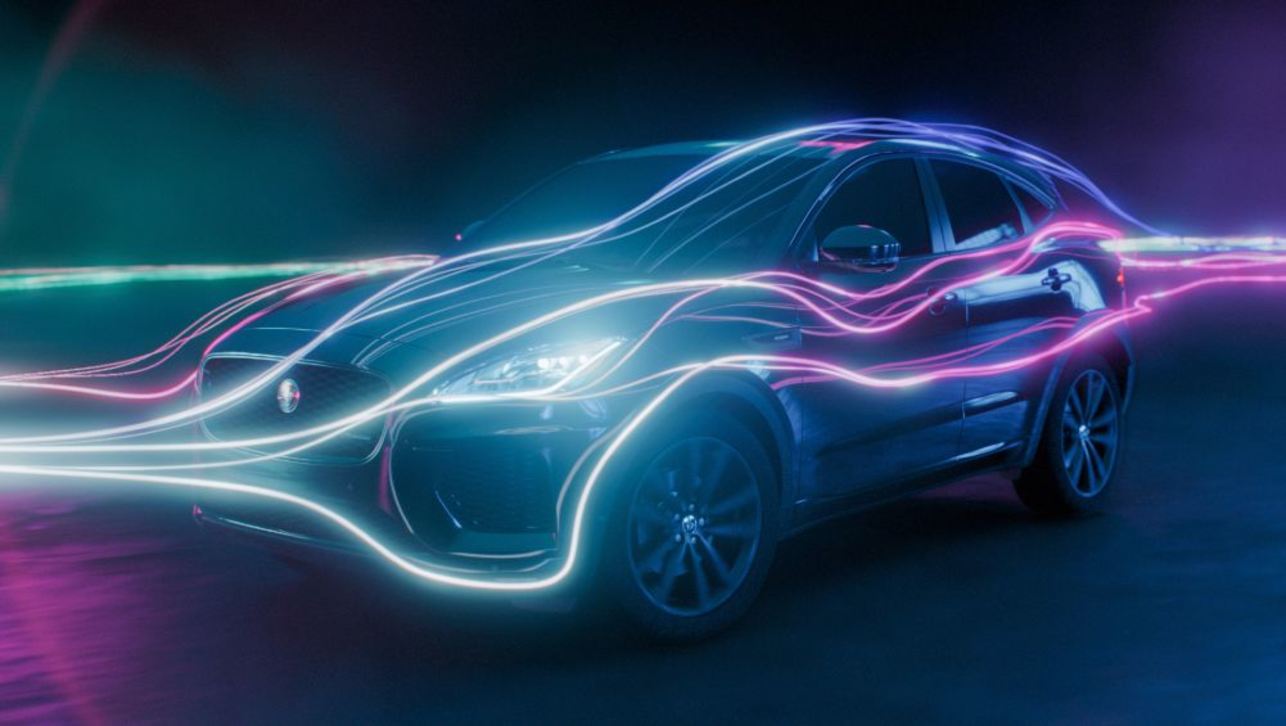Volvo was first to give us laminated windscreens in 1944, the lap-sash seatbelt in 1959 and the driver's airbag in 1987.
It has made safety a priority for many years, often ahead of any legislative requirements to do so.
Keeping up its safety push are several innovations making their way into the latest Volvos.
Among them are a driver alert control (DAC) system to alert tired and inattentive drivers, a lane departure warning (LDW) system and collision warning system with automatic brake function to help prevent front-to-rear impacts.
The new S80 has a collision warning system with brake support, but the auto brake system is the next step.
LDW is separate to the blind-spot camera system available as an option on local Volvos.
Volvo Cars Australia spokesman Todd Hallenbeck says the company has recently “become extremely focused on safety in the sense of preventive safety."
Research figures show 90 per cent of all crashes are the result of drivers being distracted.
The DAC system alerts the driver when concentration levels are affected, for example during long journeys. LDW and DAC are part of the same option package, called driver alert system, that was introduced in Europe on the Volvo S80, V70 and XC70 late last year.
Volvo Cars Safety Centre director Ingrid Skogsmo says safety is a key philosophy for the company.
“When it comes to preventive safety, we have the same approach as when we develop protective systems,” she says.
“In other words, Volvo's safety research and technical development focuses on areas where new technology can create significant positive results in real-life traffic.”
DAC was developed after studies showed driver fatigue was a major safety issue globally.
In 1998, the Monash University Accident Research Centre found between 25 per cent and 35 per cent of fatal crashes in Australia were the result of fatigue. It says the figure could be higher in particular types of crashes, such as fatal single-vehicle semi-trailer crashes.
DAC is activated at 65km/h and remains active above 60km/h. A camera, sensors and a control unit monitor driver behaviour, the camera continuously measures the distance between the car and the road lane markings. If for some reason the driver veers off the road, they are alerted via an audible signal.
A text message also appears in the car's information display, where a coffee cup symbol alerts the driver to take a break.
DAC works in conjunction with LDW, which Volvo believes can prevent between 30 per cent and 40 per cent of single-vehicle crashes between 70km/h and 100km/h.
LDW will sound a warning chime if a driver crosses the road markings without a reason.
The collision warning with auto-brake function senses an imminent impact and brakes to slow the car when the driver fails to react.




.jpg)









.jpg)




.jpg)










Comments